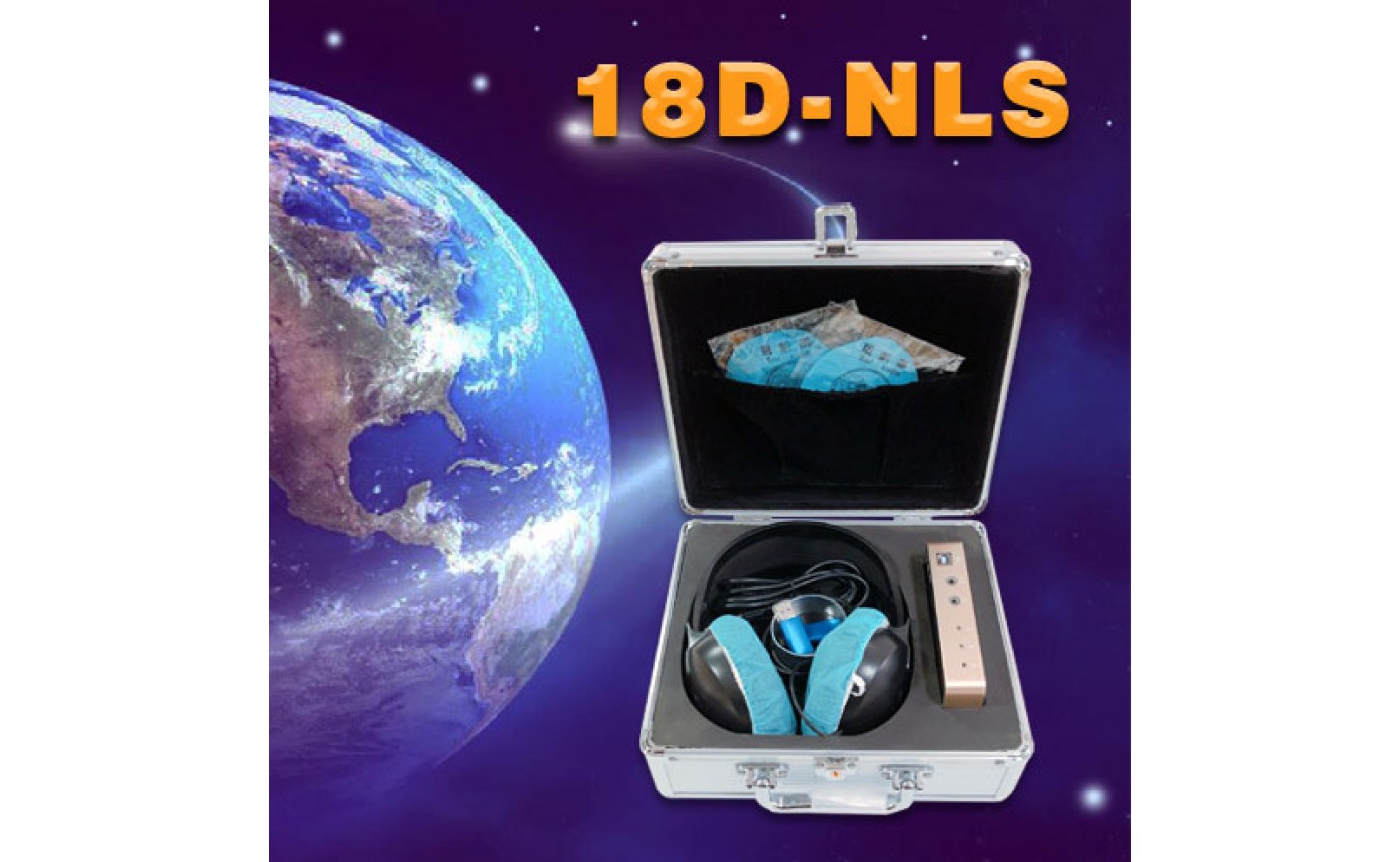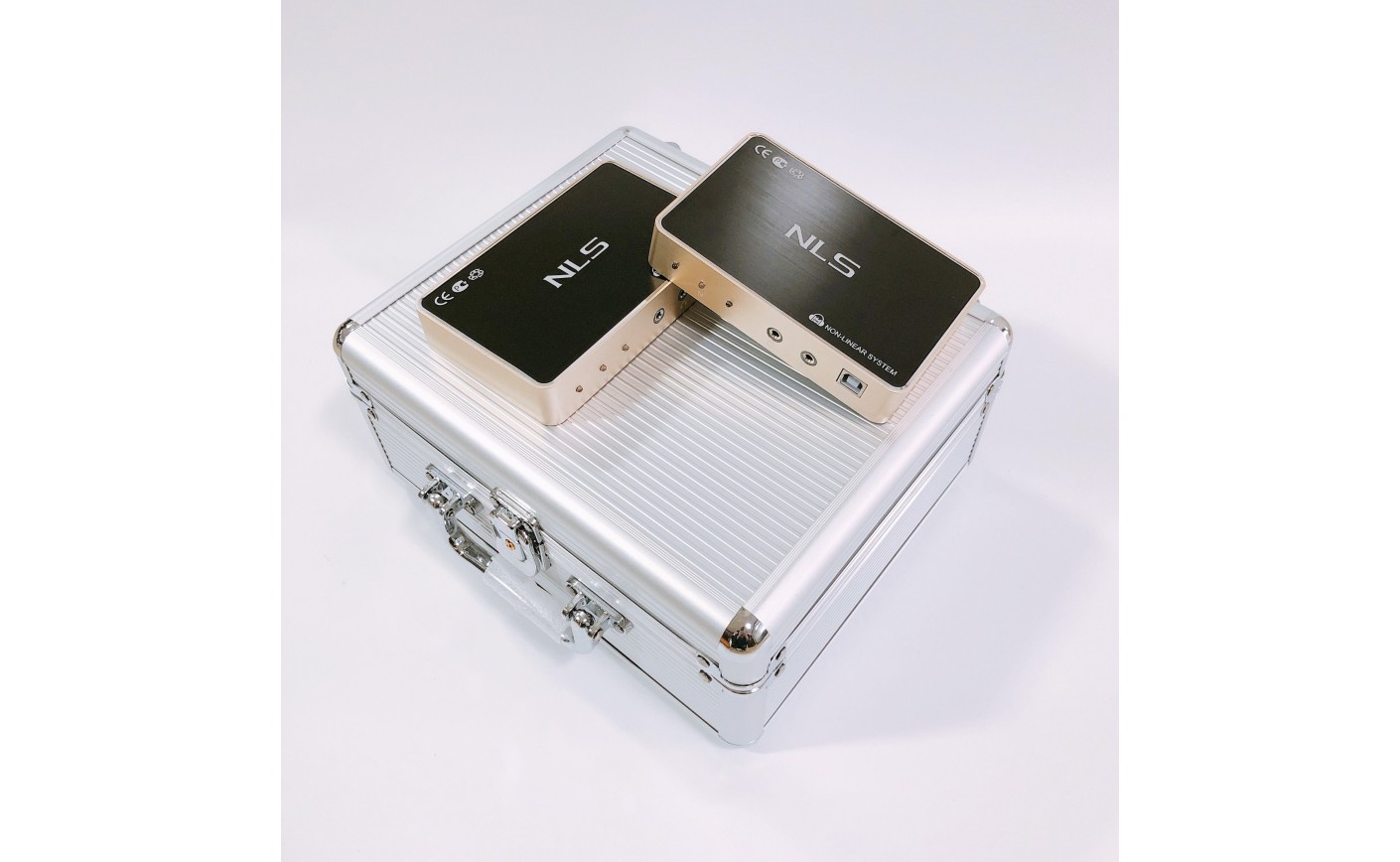You Need The Omega-3 Fats
Food choices you make every day can boost your omega-3 intake. Filling up on omega-3 fatty acids does a body good. These polyunsaturated fats, which play a crucial role in how your body's cells function, have been shown to reduce harmful inflammation that could lead to heart disease, decrease triglyceride levels and blood pressure, and prevent fatal heart arrhythmias. Your body can't produce omega-3s, though, so you've got to be diligent about making sure your diet provides them. The good news is the fatty acids hide in tons of foods, like beans, certain oils and veggies, andŌĆöas you probably knowŌĆöseafood. Take a look at these favorite sources.
Seafood. You should eat fish a couple times a week. The federal government's latest dietary guidelines, released in early 2011, suggest a specific amountŌĆö8 ounces a weekŌĆöto get an average total daily intake of 250 mg. of eicosapentaenoic acid (EPA) and docosahexaenoic acid (DHA), two main types of omega-3s.
Oils. Throw a dash of flaxseed oil onto salad and start cooking with canola or soybean oil for a nice hit of omega-3. These carry alpha-linolenic acid (ALA), the type of omega-3 found in some vegetable oils, which the body partially converts to EPA and DHA.
Nuts and seeds. Add a nutty flavor to salad, yogurt, or morning muesli with walnuts or flaxseed. A small handful of either will up your omega-3 intake.
Winter squash. This veggie makes an interesting side dish that boosts your omega-3 intake.
Broccoli and cauliflower. These cruciferous veggies are on your side when it comes to omega-3s.
Dietary supplements. If you don't get enough of any of these sources of omega-3s, you might want to consider taking a supplement, especially if you have heart disease or high triglycerides. Through 18D-NLS, you can choose your dietary supplements on omega-3s.


